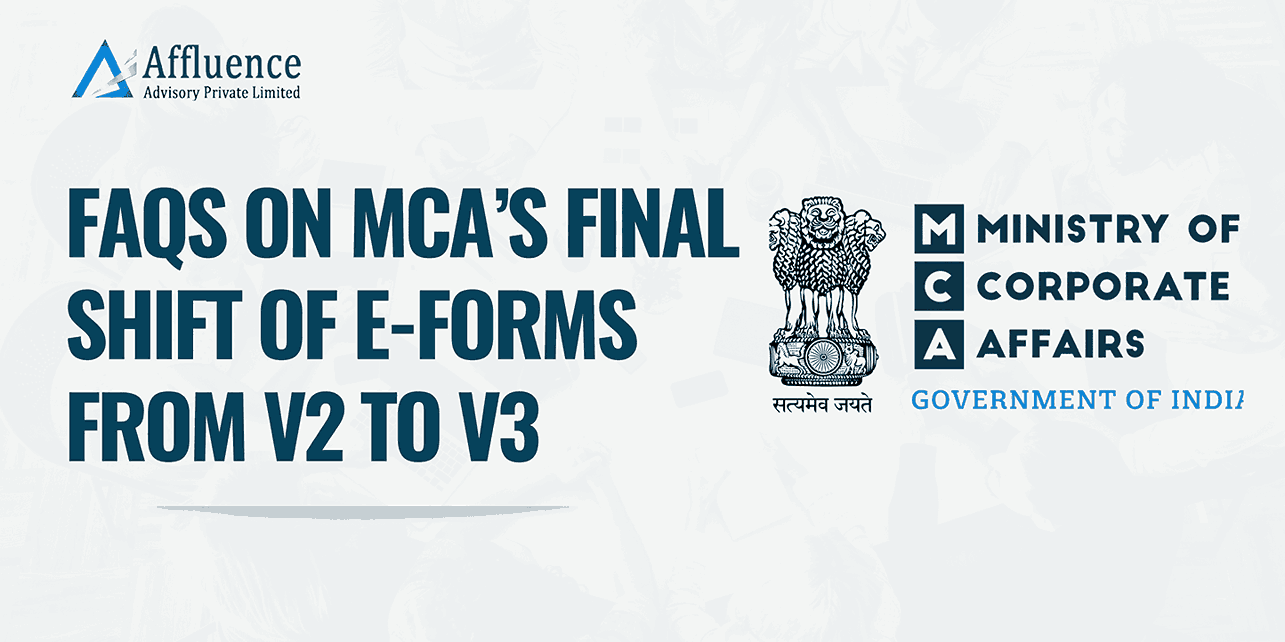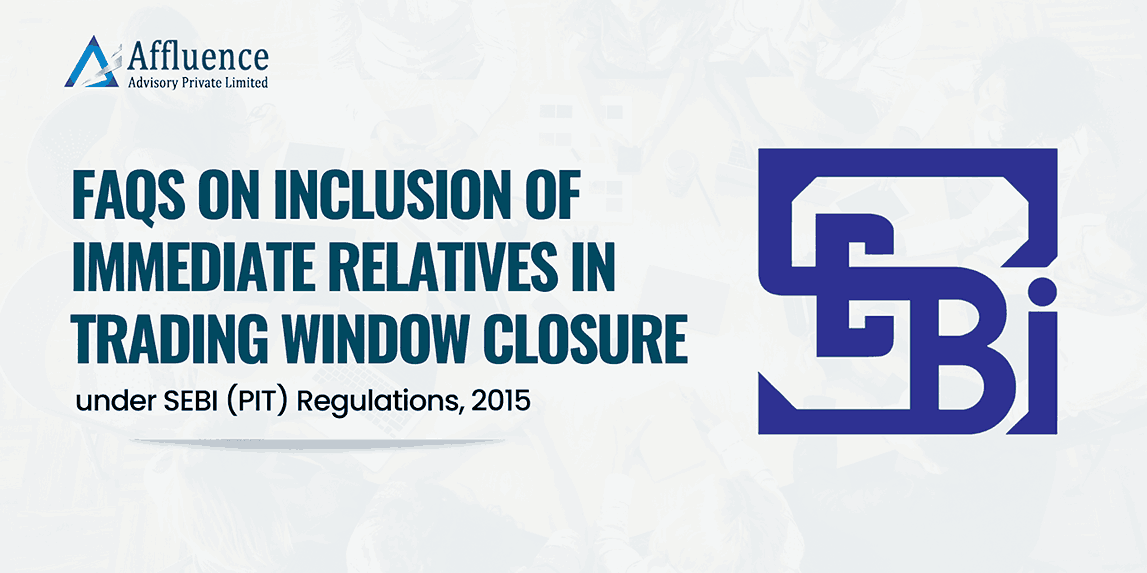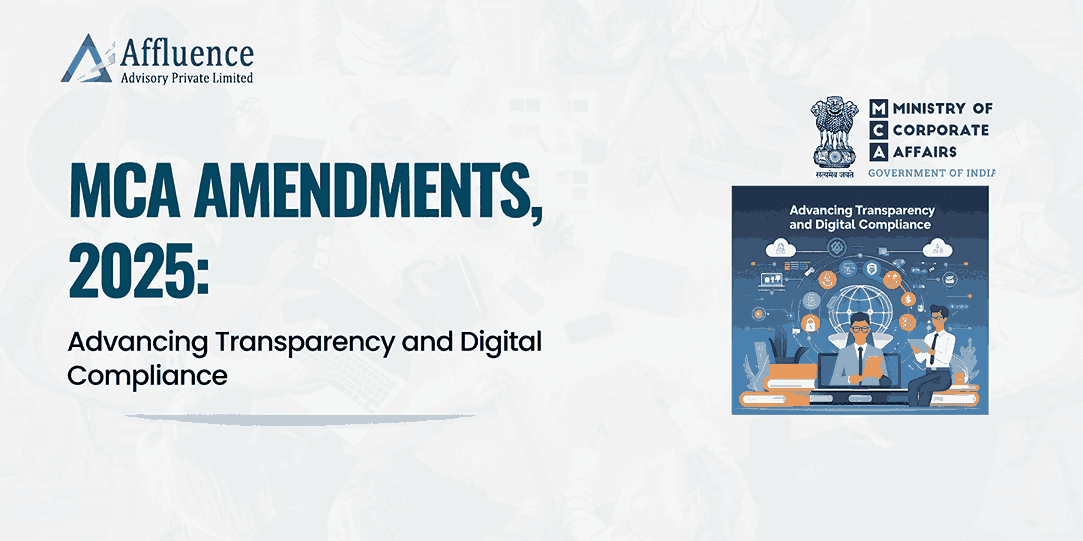SEBI has vide its circular dt: January 25, 2022 had directed listed entities to process all service requests in demat form.
Link: SEBI/HO/MIRSD/PoD-1/OW/P/2022/64923
SEBI had also provided a procedure vide which company will be sending a ‘Letter of Confirmation (‘LOC’) as against issue of physical duplicate, physical split share certificate etc. This LOC is valid for 120 days. Investor in whose name it is sent shall produce LOC to depository participant and then Depository participant shall credit shares as against this LOC.
But there might be a situation where the investor is unable to produce the LOC to the depository participant and get his entitlement (shares) credited to his demat account due to some reason. In that case SEBI had stated that such shares shall be credited to ‘Suspense Escrow Demat Account’. But there was no clarity on how and when to open this Suspense Escrow Demat account? Whether opening of this account is mandatory? Registrar and Share Transfer Agents (RTAs) have been following consistently with SEBI for guidance on this. Now SEBI has provided guidance in this regard as follows:
A. Opening of Suspense Escrow Demat Account:
- Companies are required to open a separate demat account with the nomenclature “Suspense Escrow Demat Account” for the purpose of this circular
- Companies which have not yet opened “Suspense Escrow Demat Account” and are currently using “Suspense Escrow Demat Account/unclaimed Suspense Account” as provided under Schedule VI of SEBI (Listing Obligations and Disclosure Requirements) Regulations, 2015 for the purpose of Letter of Confirmation cases, shall move securities pertaining to Letter of Confirmation cases to newly opened “Suspense Escrow Demat Account” latest by January 31, 2023.
B. Process to credit shares to Suspense Escrow Demat Account:
- In cases where securities holder/claimant fails to submit the demat request to the depository participant within the period of 120 days from the date of issuance of letter of confirmation, RTA shall move the said securities to a physical folio “Suspense Escrow Demat Account” and issue a consolidated letter of confirmation to the Company for the said securities in the “Suspense Escrow Demat Account” on monthly basis.
- Thereafter, the listed entity shall dematerialise these securities in “Suspense Escrow Demat Account” with one of the depository participants within seven days of receipt of such LOC from RTA.
- The listed entity shall maintain details of security holding of each individual securities holder(s) whose securities are credited to such “Suspense Escrow Demat Account”
- “Suspense Escrow Demat Account” shall be held by the listed entity purely on behalf of the securities holders who are entitled to the securities and the securities held in such account shall not be transferred in any manner whatsoever except for the purpose of moving the securities from “Suspense Escrow Demat Account” to the security holder’s claimant’s demat account as and when the security holder/claimant approaches the listed entity
C. Process for claiming securities from Suspense Escrow Demat Account
- Securities which have been moved to ‘Suspense Escrow Demat Account’ may be claimed by the security holder / claimant on submission of following documents to RTA:
- Duly filled in and signed form ISR-4
- Client master list (‘CML’) of the demat account for crediting the securities to the security holder’s / claimant’s account provided the details in the CML should match with the details recorded with the RTA / issuer company
Disclaimer: This article provides general information existing at the time of preparation and we take no responsibility to update it with the subsequent changes in the law. The article is intended as a news update and Affluence Advisory neither assumes nor accepts any responsibility for any loss arising to any person acting or refraining from acting as a result of any material contained in this article. It is recommended that professional advice be taken based on specific facts and circumstances. This article does not substitute the need to refer to the original pronouncement











